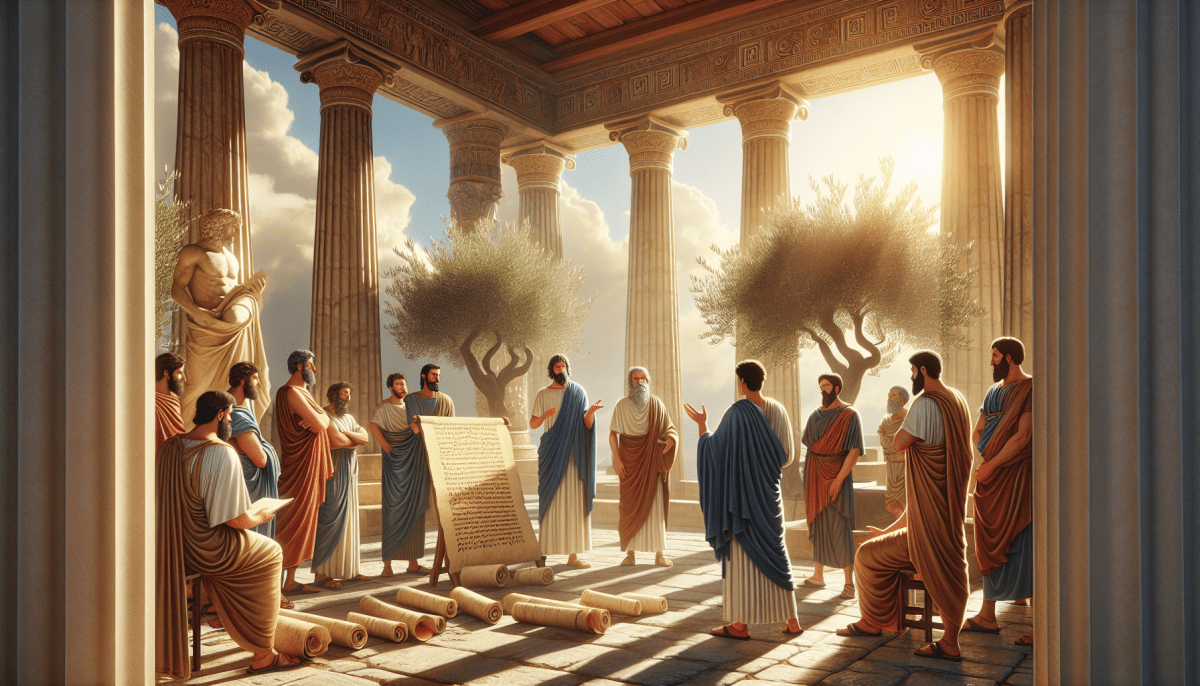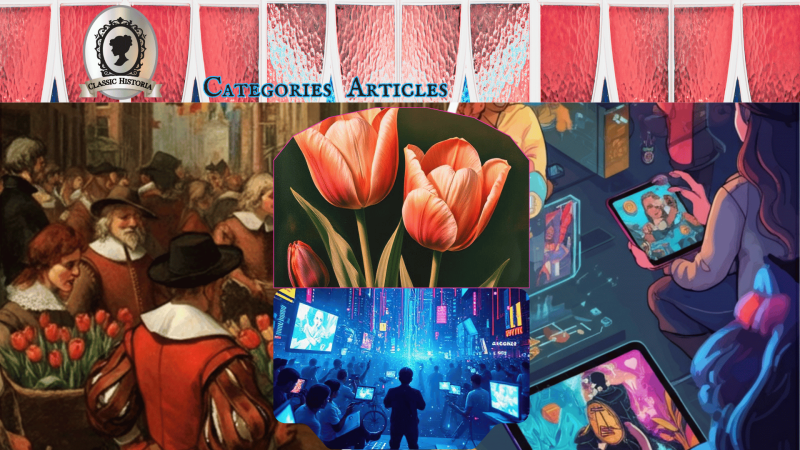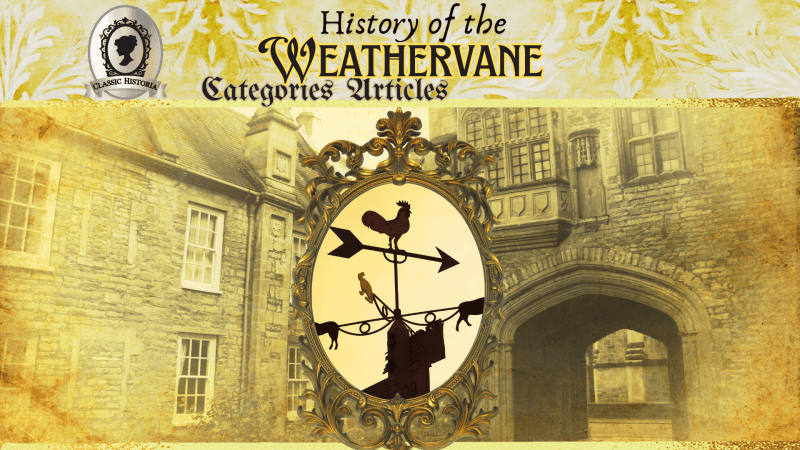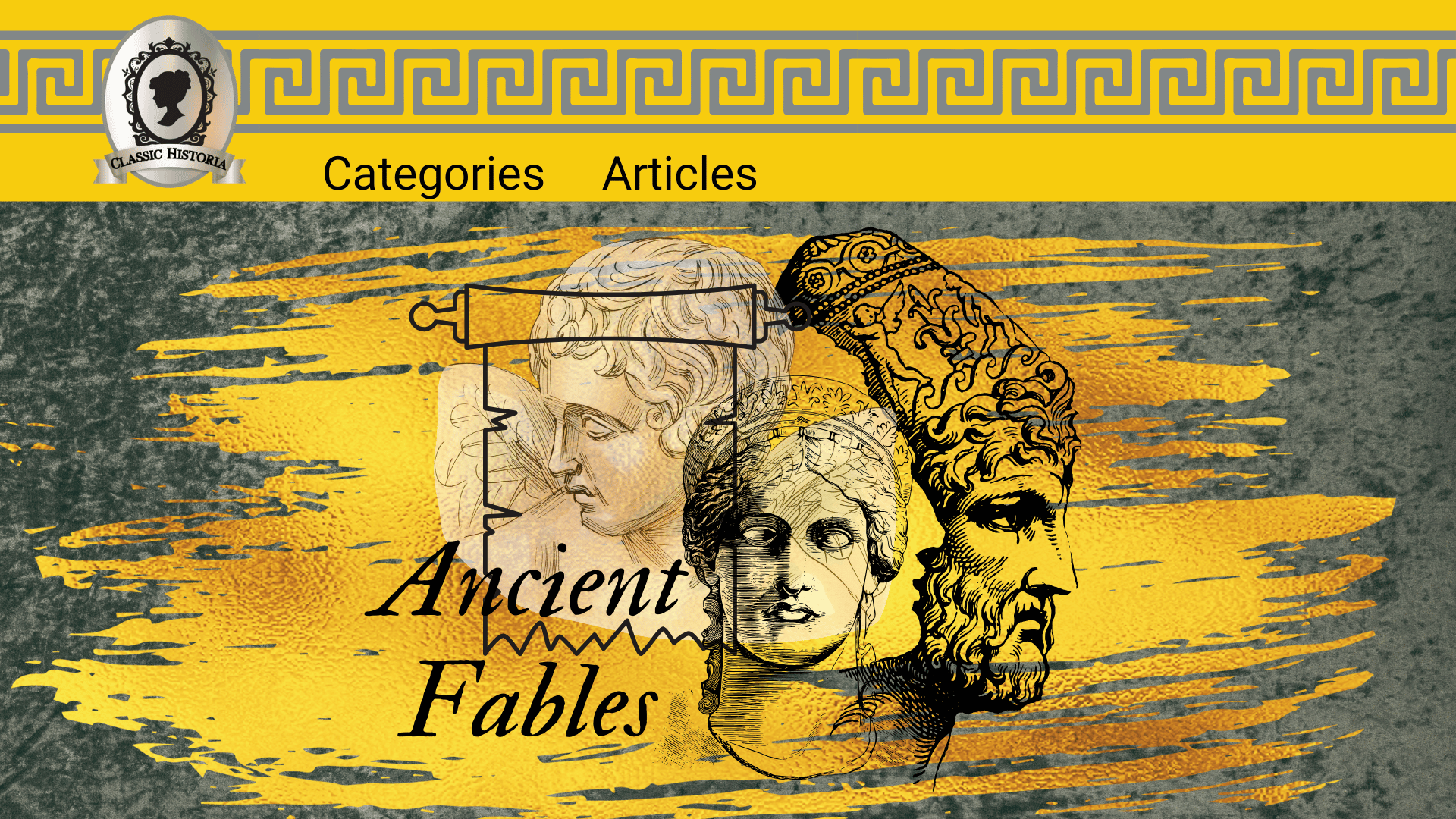
Classic Historia may receive a commission on purchases made through Amazon and eBay affiliate links at no additional cost to you.
Stories have long been the mirror of human civilization, offering lessons, preserving culture, and captivating audiences across generations. Fables, in particular, stand out as some of the most enduring stories, cleverly weaving moral teachings into rich narratives. But where did these famous fables begin, and what inspired their creation? This exploration takes us into the remarkable heritage of these timeless tales.
The Origins of Fables
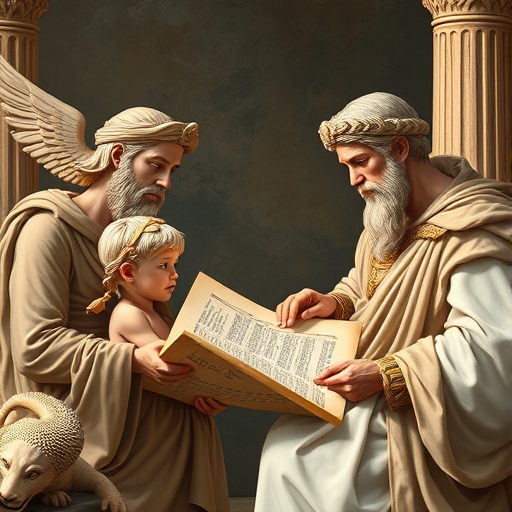
Fables are thought to date back to ancient civilizations, where storytelling was a key method of passing on wisdom and values. Many of these tales were rooted in oral traditions before being recorded in written form. While some fables originated in specific cultures, the themes they address often possess a universal appeal, transcending borders and time.
Key Features of Fables
- Moral Lessons: Fables are renowned for imparting clear and powerful morals, teaching readers and listeners how to live virtuously.
- Anthropomorphism: Animals or inanimate objects are personified to communicate human traits and behaviors effectively.
- Brief and Universal: The shortness and universality of fables make them easy to remember and share, allowing their lessons to resonate across cultures.
Famous Fables and Their Origins
The lasting power of fables can be attributed, in part, to their storytellers. Visionaries like Aesop of Ancient Greece, the Panchatantra writers of India, and Jean de La Fontaine from France enriched the world with their tales. Below is a chart that highlights some famous fables and their origins:
|
Fable |
Region |
Author/Collection |
Moral |
|---|---|---|---|
|
The Tortoise and the Hare |
Ancient Greece |
Aesop |
Slow and steady wins the race. |
|
The Lion and the Mouse |
Ancient Greece |
Aesop |
Kindness is never wasted. |
|
The Boy Who Cried Wolf |
Ancient Greece |
Aesop |
Honesty is crucial, as lies diminish trust. |
|
The Rabbit's Judgement |
Ancient India |
Panchatantra |
Justice weighs balance and fairness. |
|
The Fox and the Grapes |
Ancient Greece |
Aesop |
It’s easy to despise what you can’t have. |
|
The Grasshopper and the Ant |
Ancient Greece |
Aesop |
Hard work and planning ensure survival. |
|
The Town Mouse and the Country Mouse |
Ancient Rome |
Adaptation of Aesop |
Different lifestyles have unique advantages. |
Masters of Fables: Insights into Aesop and the Panchatantra Creators
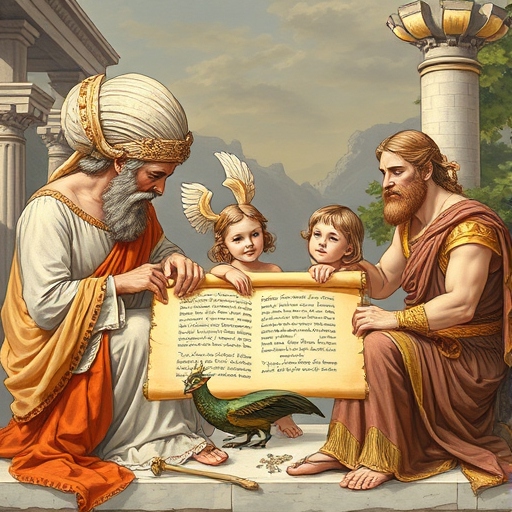
Aesop was a renowned storyteller from ancient Greece who was celebrated for his collection of fables, which continue to impart moral lessons to this day. Believed to have lived around the 6th century BCE, his life, though shrouded in mystery, is often associated with themes of wit and wisdom. According to historical accounts and traditions, Aesop was born into slavery but rose to prominence through his sharp intellect and captivating narratives. His fables, featuring anthropomorphic animals and timeless allegories, were passed down orally before eventually being written and compiled. Today, the works attributed to Aesop are cherished across cultures for their elegance and enduring ability to illustrate profound truths through simple, engaging stories.
The Panchatantra is believed to have originated in ancient India during the 3rd century BCE, at a time when tales and parables served as the primary medium for imparting wisdom. Traditionally attributed to Vishnu Sharma, there is limited historical evidence about his life, and much of his existence is shrouded in legend. It is said that Vishnu Sharma composed the Panchatantra to educate the princes of a kingdom, teaching them the principles of governance, diplomacy, and ethical behavior through engaging and memorable stories. These narratives were strategically designed to convey complex ideas in simple forms, ensuring their accessibility and longevity. Over time, the Panchatantra was translated and adapted across numerous languages and cultures, solidifying its place as a timeless educational and literary work.
Why Fables Endure Across Generations
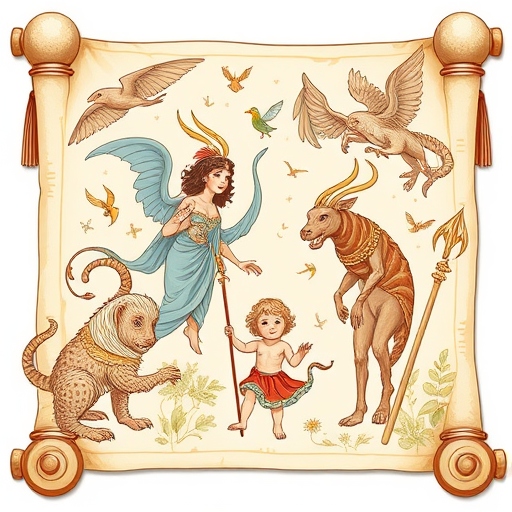
- Adaptability: Fables lend themselves to reinterpretation, allowing them to be retold through new perspectives while retaining their core messages.
- Cultural Connection: They reflect the values and philosophies of the societies in which they originated, providing insight into human history.
- Relatable and Timeless: The simple yet profound nature of fables ensures that their messages continue to resonate across ages and audiences.
Inspiring Reflection Through Timeless Wisdom
The allure of famous fables lies not only in their engaging narratives but also in their ability to incite thought and inspire change. These stories, though ancient, remain modern in their relevance, serving as treasured reminders of humanity's shared roots and values. By tracing the origins of these fables, we uncover a wealth of cultural heritage and timeless truth, inviting us to reflect on how wisdom travels through the ages.
Further Reading
|
Title |
Website |
|---|---|
|
The Best Fables by Aesop Everyone Should Know |
interestingliterature.com |
|
Aesop's Fables: Stories of a Slave |
classictales.co.uk |
|
Fables for Kids: 40 Best Classic Fables with Moral Lessons |
kidsgraphy.com |
|
Fables – Aesop – Ancient Greece – Classical Literature |
ancient-literature.com |




